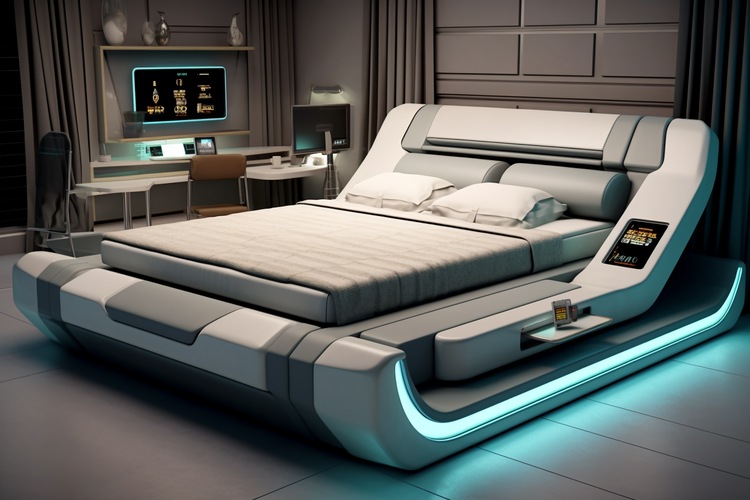How Modern Senior Apartments Balance Privacy and Community
Modern senior living facilities have evolved significantly from traditional retirement homes, creating innovative spaces that respect individual independence while fostering meaningful social connections. Today's residential homes for seniors are thoughtfully designed to address the dual need for personal space and community engagement, recognising that successful aging involves maintaining both autonomy and social relationships. These contemporary living environments use architectural design, programming, and technology to create harmonious balance between solitude and socialisation.

The challenge of balancing privacy and community in senior living has become increasingly sophisticated as developers and designers better understand the complex needs of older adults. Modern senior housing developments recognise that residents want the freedom to choose when to engage socially and when to retreat to their private spaces.
What Makes Residential Homes for Seniors Different Today
Contemporary residential homes for seniors incorporate flexible design principles that allow residents to control their level of social interaction. Private entrances, soundproof walls, and individual outdoor spaces ensure that residents can enjoy solitude when desired. Meanwhile, strategically placed common areas, such as libraries, fitness centres, and dining rooms, provide natural gathering points for those seeking companionship.
These facilities often feature graduated privacy zones, moving from completely private apartment spaces to semi-private areas like small lounges, and finally to larger community spaces. This design allows residents to choose their comfort level for social interaction on any given day.
How Senior Housing Developments Create Community Connections
Senior housing developments employ various strategies to build community while respecting individual preferences. Organised activities range from book clubs and gardening groups to fitness classes and educational seminars, allowing residents to connect over shared interests. Many facilities also incorporate intergenerational programmes, bringing together seniors with local schools or community groups.
Technology plays an increasingly important role in community building. Digital bulletin boards, resident apps, and virtual meeting spaces enable connections while allowing residents to participate from the comfort of their own homes when preferred.
Why New 2-Bedroom Senior Homes Enhance Privacy Options
New 2-bedroom senior homes represent a significant shift toward recognising that seniors often need space for guests, hobbies, or simply additional privacy. The extra room can serve as a home office, craft room, or guest bedroom, giving residents more control over their living environment.
These larger units also accommodate couples who may have different social preferences or schedules. One partner might enjoy morning coffee in the community café while the other prefers breakfast in their private dining area. The additional space ensures that both individual and shared preferences can be accommodated.
Design Features That Support Both Privacy and Community
Architectural elements in modern senior communities carefully balance openness with privacy. Wide corridors and well-lit common areas encourage casual encounters, while private balconies and patios provide personal outdoor space. Sound management through quality construction materials ensures that residents can enjoy music, television, or conversations without disturbing neighbours.
Many facilities feature ‘front porch’ concepts where residents can sit outside their apartments and choose whether to engage with passing neighbours. These transitional spaces allow for natural, unforced social interactions while maintaining the option for privacy.
Technology Solutions for Flexible Community Engagement
Smart home technology in senior apartments enables residents to participate in community life on their own terms. Video calling systems allow participation in meetings or social events from private apartments. Automated systems can alert staff if residents haven’t been seen in common areas for extended periods, providing safety checks while respecting privacy.
Digital concierge services help residents access community resources and schedule activities without requiring face-to-face interactions when they prefer solitude. These systems also enable family members to stay connected while respecting the resident’s independence.
Creating Successful Balance in Daily Living
The most successful senior communities create rhythms that support both privacy and community throughout the day. Morning coffee hours might encourage social interaction, while afternoon quiet times respect the need for rest and solitude. Evening activities often provide optional community engagement, allowing residents to choose their level of participation.
Staff training focuses on reading social cues and respecting residents’ preferences for interaction or privacy. This personalised approach ensures that community building feels natural rather than forced, creating an environment where genuine relationships can develop while individual autonomy is maintained.
Modern senior apartments have successfully evolved beyond the institutional models of the past, creating vibrant communities that honour both the human need for connection and the equally important need for personal space and independence. This balance continues to evolve as designers and operators gain deeper insights into successful aging.




